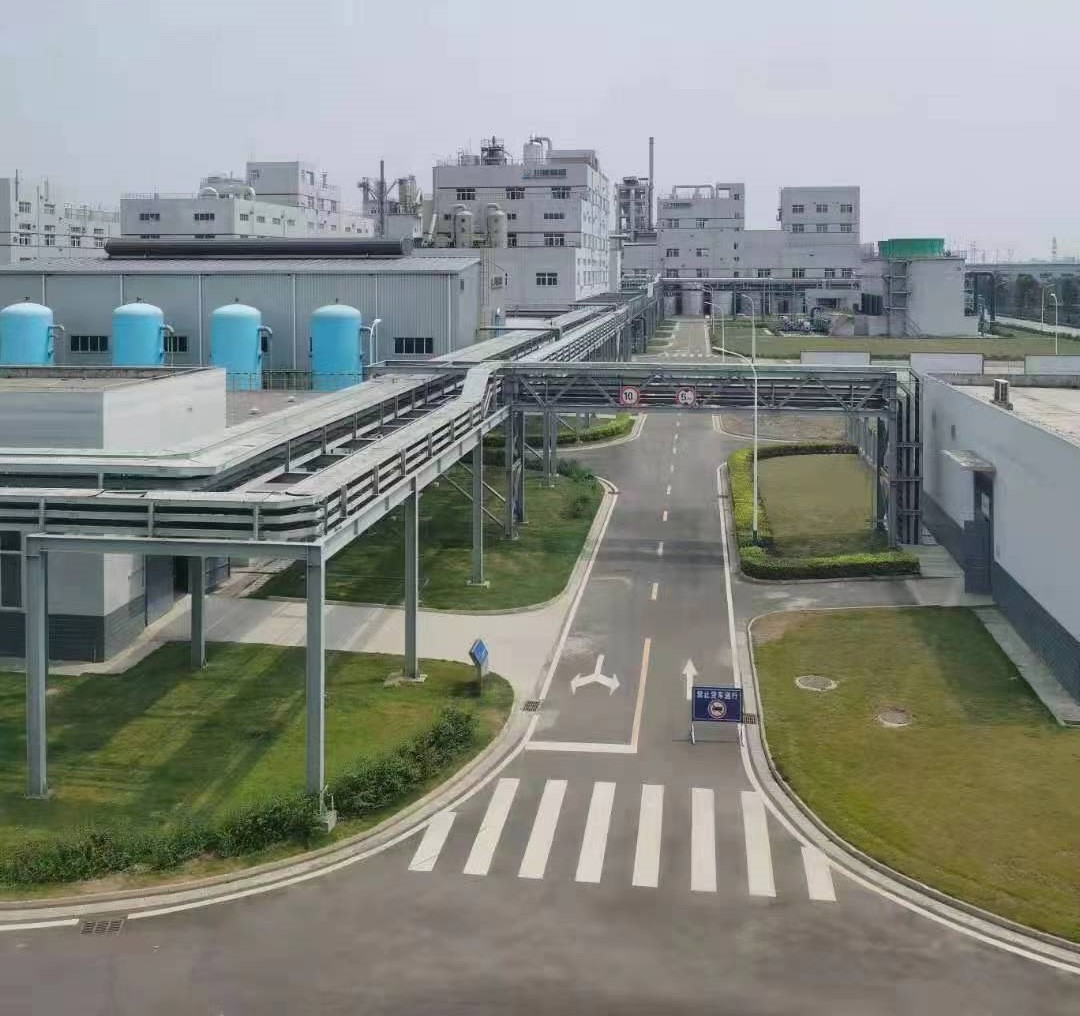Analysis of the Key Role of Lithium Hydroxide in Solid State Batteries
Jul,14,25
Technical Characteristics and Material Requirements of Solid State Batteries
Solid-state batteries use solid electrolytes to replace traditional liquid electrolytes, which have higher energy density and safety performance.
The ideal solid-state battery materials need to have good ionic conductivity, chemical stability and mechanical strength.
Physical and chemical properties and advantages of lithium hydroxide
Lithium hydroxide (LiOH) is the 1 white crystalline compound with excellent ionic conductivity.
The material can maintain a stable structure at high temperatures and is suitable for use as a solid electrolyte.
Lithium hydroxide is easy to form a stable interface with other electrode materials, reducing the interface impedance.
Specific application of lithium hydroxide in solid-state batteries
In lithium-ion solid-state batteries, lithium hydroxide can be used as a solid electrolyte matrix material to provide a lithium ion transport channel.
In the lithium-sulfur battery system, lithium hydroxide can be combined with sulfide to improve the conductivity of the electrode material.
Lithium hydroxide-based solid electrolyte can effectively inhibit the growth of lithium dendrites and improve the cycle life of the battery.
Technical Challenges and Prospects
At present, lithium hydroxide solid electrolyte still faces the problem of low ionic conductivity at room temperature.
Through material modification and composite technology, lithium hydroxide-based solid-state batteries are expected to achieve large-scale applications in the field of electric vehicles.
With the progress of the preparation process, the cost advantage of lithium hydroxide solid-state batteries will gradually appear.






